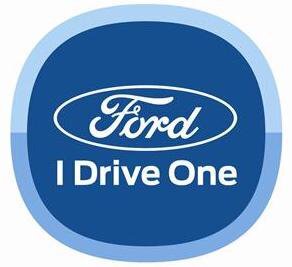The thing about this Ranger PHEV implementation that concerns me is the serious de-rating they did to the 2.3 Ecoboost. When the smallish battery pack becomes nearly depleted on a modest towing trip you now have a Ranger that is handicapped with an under powered ICE the same way that EREVs are. I don't think this Ranger PHEV implementation would be a good towing vehicle for my 4000 lb boat.
On a positive note, I don't believe Ford would de-rate the 2.3 on a North American implementation of a Ranger PHEV. If they did, then it would not be received well (at least not for customers that want to tow). I really want a Ranger PHEV, but I would not purchase this one.



